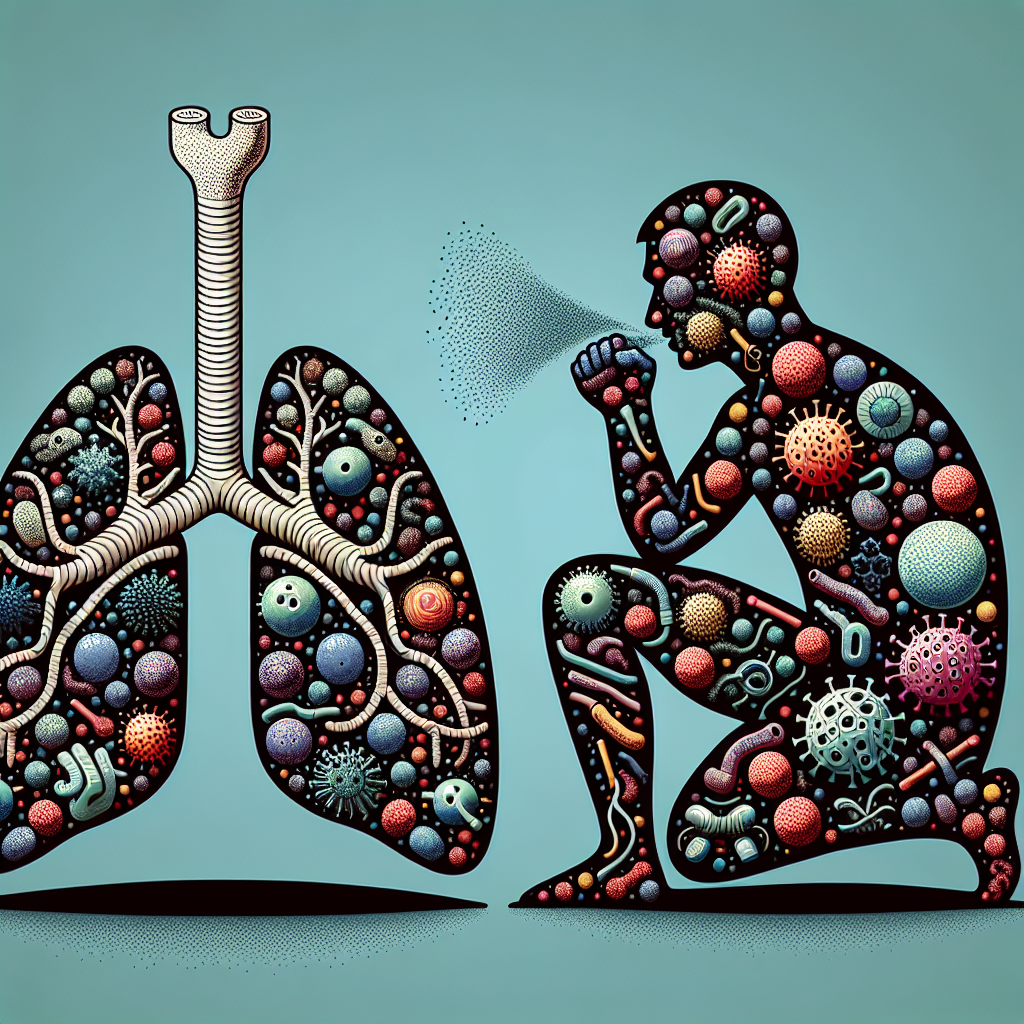Navigating Respiratory Illnesses: What You Need to Know This Winter
This article discusses how to differentiate between common respiratory illnesses like the common cold, RSV, influenza, and COVID-19. It highlights their symptoms, who is at risk, available diagnostics, and treatments. Additionally, it provides guidance on when one should seek medical attention or consider secondary bacterial infections.

As winter progresses, many individuals struggle to distinguish between common symptoms of various respiratory illnesses. From sore throats and headaches to fever and fatigue, early symptoms can be misleading.
For the common cold, often triggered by rhinovirus, symptoms are short-lived. However, RSV can pose serious risks to babies, older adults, and immunocompromised individuals, leading to conditions like bronchiolitis or pneumonia. Rapid-antigen tests (RAT) are effective for diagnosing RSV, influenza, and COVID-19.
Influenza continues to be a significant health concern, with severe cases contributing to hundreds of thousands of deaths globally each year. Vaccination is highly recommended, especially for vulnerable groups. Meanwhile, COVID-19 remains a threat despite no longer being a public health emergency. Vaccines and antivirals are essential in managing this virus, with long COVID being a concern for many.
(With inputs from agencies.)
ALSO READ
Birth Rate Decline in Delhi Post-COVID-19: Key Insights from Latest Report
Zuckerberg Alleges Government Pressure to Censor COVID-19 Content
Indian Immunologicals Develops Intranasal COVID-19 Vaccine
Govt Finalizes Terms for Phase 2 of COVID-19 Royal Commission of Inquiry
Bridging the Gap: WHO's New Guidelines for Tuberculosis Diagnostics Promise Hope for Millions










